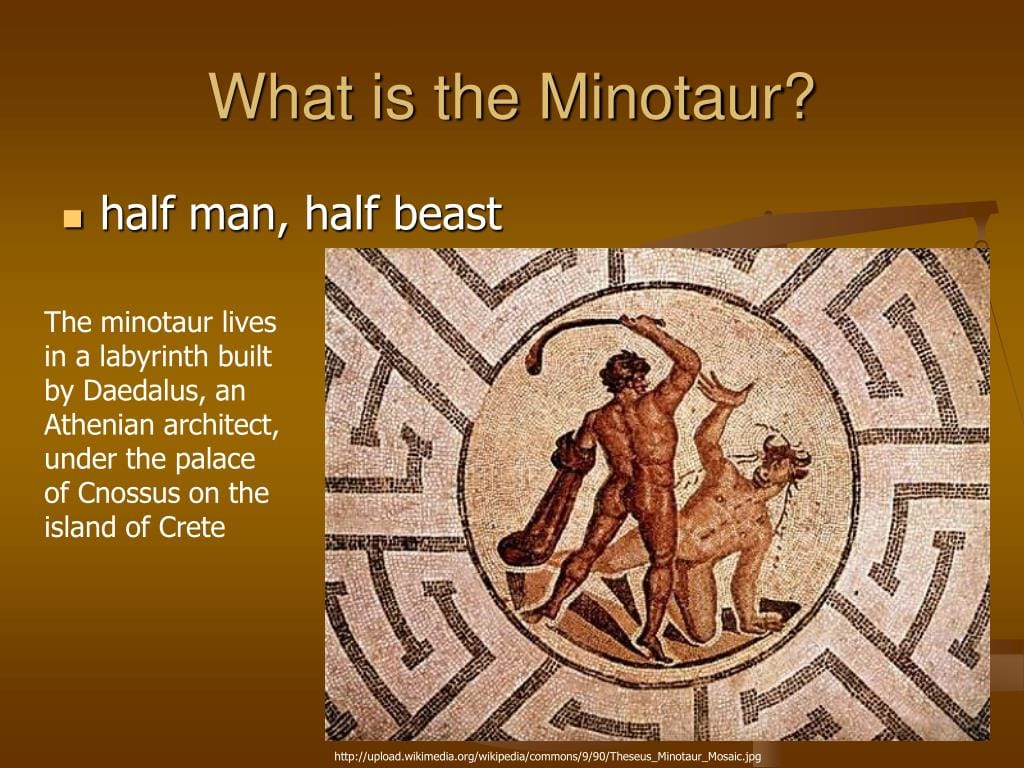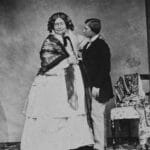The myth of Theseus and the Minotaur is one of the most enduring tales from ancient Greece. While Theseus is celebrated for slaying the monstrous Minotaur, it’s Ariadne, the Cretan princess, who often takes center stage. Her story is one of courage, sacrifice, and the complexities of love and betrayal.
A Princess’s Dilemma
Ariadne was the daughter of King Minos of Crete and his queen, Pasiphae. Her father, bound by a tragic pact, was forced to imprison the Minotaur, a fearsome creature with the head of a bull and the body of a man, within the intricate Labyrinth. This maze, designed by the brilliant inventor Daedalus, was so complex that escape seemed impossible.
When the Athenian hero Theseus arrived in Crete, sent as a sacrifice to the Minotaur, Ariadne found herself deeply drawn to his bravery. Torn between loyalty to her family and her burgeoning love for Theseus, she made a daring choice.
The Gift of a Lifeline
Defying her father and risking her own safety, Ariadne provided Theseus with a ball of thread, a seemingly simple tool that would prove to be his salvation. This thread, known as the clew, allowed Theseus to navigate the Labyrinth’s winding passages. He fastened one end at the entrance and unwound the thread as he went deeper into the maze.
Triumph and Treachery
Armed with Ariadne’s gift, Theseus confronted and slew the Minotaur. Following the thread back through the Labyrinth, he emerged victorious, owing his life to the princess. They fled Crete together, but their escape marked the beginning of another tragic chapter.
A Fate Shrouded in Mystery
The circumstances surrounding Ariadne’s fate after their escape from Crete remain a subject of debate among scholars. Many versions of the myth recount Theseus abandoning Ariadne on the island of Naxos. The reasons for this betrayal vary, with some accounts suggesting it was a deliberate act, while others point to divine intervention or unforeseen circumstances.
In some versions, Ariadne’s story takes a more hopeful turn. Dionysus, the god of wine and ecstasy, discovers her on Naxos. Captivated by her beauty and resilience, he makes her his wife, elevating her to the status of a goddess. Some accounts even suggest that her wedding crown was transformed into a constellation, a celestial reminder of her story.
Ariadne’s Enduring Legacy
Regardless of the specifics of her fate, Ariadne remains a captivating figure in Greek mythology. She is often depicted as a woman of remarkable intelligence and courage, willing to defy societal expectations for love and justice. Ariadne’s story serves as a reminder that even in the face of seemingly insurmountable obstacles, even the simplest of tools, like a ball of thread, can be wielded with ingenuity and bravery to overcome extraordinary challenges.
Key Questions and Further Exploration
- What do the different versions of Ariadne’s fate reveal about ancient Greek perspectives on women and their roles in society?
- How does Ariadne’s story compare to other female figures in Greek mythology who exhibited courage and defied expectations?
- What symbolic interpretations can be attributed to the Labyrinth and Ariadne’s thread?
- How has the portrayal of Ariadne in art and literature evolved over time?
These questions continue to intrigue scholars and fuel ongoing research into the enduring legacy of Ariadne, the princess who dared to outwit a monster and reshape her own destiny.
















